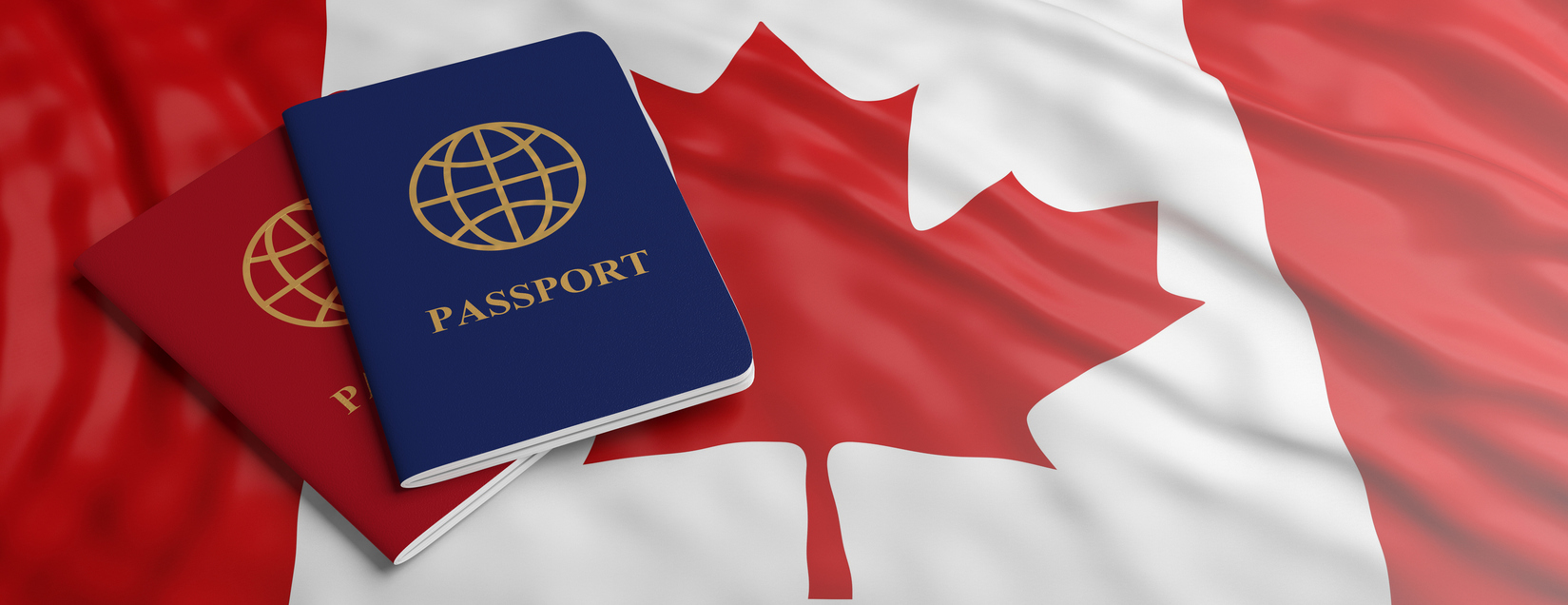Ottawa, October 2024 — The Government of Canada, through Immigration, Refugees and Citizenship Canada (IRCC), has unveiled its 2025–2027 Immigration Levels Plan, signaling a shift toward more measured and community-focused migration. This strategy notably includes, for the first time, formal targets for both permanent and temporary residents, reflecting a comprehensive approach to immigration management.(Government of Canada)
Permanent Resident Targets
The plan outlines a step-by-step reduction in permanent resident (PR) admissions:
- 2025: 395,000 new PRs (range: 367,000–436,000)
- 2026: 380,000 (352,000–416,000)
- 2027: 365,000 (338,000–401,000)(Government of Canada)
These cuts represent a 105,000-person drop compared to previously projected numbers for 2025. The policy aims to strike a balance between continued economic growth and relief from increased pressure on housing and infrastructure.(Government of Canada)
A significant component of the plan, over 40% of PRs in 2025 will be individuals already in Canada as students or workers, emphasizing smoother integration and economic continuity. (Government of Canada)
Temporary Resident Constraints
For the first time, the Levels Plan includes explicit targets for temporary residents (TRs), covering both international students and temporary foreign workers:
- 2025: 673,650 TRs
- 2026: 516,600
- 2027: 543,600(Government of Canada)
The government aims to reduce the temporary resident population from about 7% to 5% of Canada’s total population by the end of 2026, limiting strain on public services.(Government of Canada)
Strategic Prioritization & Francophone Growth
The plan underscores continued emphasis on economic migration, with the economic category making up nearly 62% of PR admissions by 2027. Critical sectors such as healthcare and skilled trades remain focal points.(Government of Canada)
Targets for French-speaking immigrants outside Quebec are being raised to bolster Francophone representation across the country:
- 8.5% in 2025 (approx. 29,325)
- 9.5% in 2026
- 10% in 2027(Government of Canada)
Projected Impacts
- Population shifts: The plan is expected to cause a slight population decline of 0.2% in both 2025 and 2026, followed by a rebound to 0.8% growth in 2027.(Government of Canada)
- Housing relief: The reductions are projected to cut Canada’s housing supply gap by 670,000 units by 2027, or up to 534,000 fewer units needed by 2030, according to the Parliamentary Budget Officer.(Government of Canada, Parliamentary Budget Officer)
Mixed Reactions from Stakeholders
- Supporters highlight the plan’s potential to alleviate housing and service pressures, creating breathing room for infrastructure development.(News.com.au, Reuters)
- Opponents, especially from industry groups and small businesses, warn of labor shortages, delays in growth, and a cooling message to foreign investors.(Reuters)
In summary, Canada’s new 2025–2027 Immigration Levels Plan marks a calculated pivot—maintaining competitive economic immigration while seeking to ease pressure on housing, infrastructure, and services. Through targeted reductions and a renewed emphasis on integration and Francophone inclusivity, the plan lays groundwork for more sustainable growth—though questions linger on the economic impact and regional labor supply.




Leave a Comment